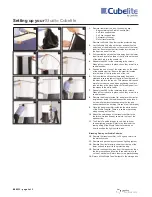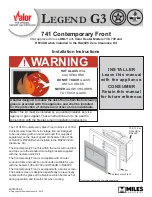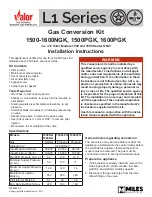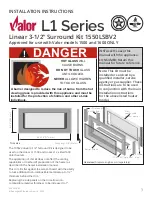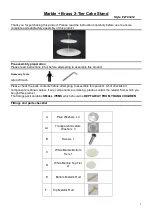
This shunt resistor must be wired in series with the negative lead of the
battery pack. The power to run the Cycle Analyst then comes from the
connection to the positive lead of the battery.
The Stand Alone Cycle Analyst (CA-SA) includes a molded shunt
capable of 45 amps of continuous current (100 amps peak) while the
Direct Plug-in models (CA-DP or -DPS) requires access to the shunt
resistor inside your motor controller. The High Current model (CA-HC)
is supplied with terminals to connect to a larger user-supplied shunt.
The Cycle Analyst picks up the vehicle speed information using either
a spoke magnet, or in the case of the CA-DP device, through the hall
sensor signals from a brushless motor controller.
3.
Installation
The Cycle Analyst display box comes with a mounting bracket for
installation on the handlebar of your bicycle. This bracket can rotate in
two axis to adjust the display position. Use rubber shims as required
around the tube if the clamp diameter is too large for your bar.
In the case of the CA-SA, CA-DPS, and CA-HC models, there is also a
speedometer pickup cable and spoke magnet. The pickup attaches to
the fork with two cable ties, and must be mounted to pass within 2mm
of the magnet for the speed readings to register. For systems like
scooters or motorcycles that don’t have spoked rims, a standard
magnet can be attached with epoxy to a suitable location on the wheel.
Rotate to Adjust
Handlebar
Clearance
Spoke Magnet
Cable Ties
Ring Terminals
for CA-HC
Connector
for CA-DP(S)
Molded Shunt
for CA-SA
60” Wire Typical
Speedometer Pickup
(Not in CA-DP)
5
Display Box




























